A vehicle for expressing and sharing emotion, music has always brought people together. Listening to music together paved the way for social bonding since time immemorial. Headphones, however, were a welcome departure from that very ideology allowing one to privatise their space, while in public. Truly magical things indeed, these headphones.
A headphone is so much more than just a medium for media consumption. It is an extension of one’s personality. From a luxury to a necessity, one cannot deny the need to have at least one pair of headphones today. Headphones have a special place in every music lover's life.
But how did we get here? How were headphones invented? How did they evolve over time with advancement in technology?
Just like any other technology, headphones didn’t become a huge industry overnight. Way before MP3 files and premium Spotify accounts, headphones had little to do with music at all. It took decades of innovation to turn this technology into the headphones as we know them today.
Curious? Let’s take a dive and see how headphone technology has evolved since the early 1900s and what the future holds for your everyday carry essentials: Headphones.
First Electrophone poster in London

Back in the early 1890s, headphones were single-sided, heavy speakers that people would hold on to an ear to communicate. This later evolved into something known as an ‘Electrophone’. It was a system consisting of a stethoscope-shaped headphone connected to a switchboard. Using this setup, the people around London could tune into live performances happening all over London.
The price for this luxurious subscription would cost around 5 pounds a year back then. Think of this hefty setup as an unglorified iPod for that era.
Electrophone setup in 1890s

The first true headphones, as we know it now, were designed by an engineer called Nathan Baldwin on his kitchen table. As much as people ignored his invention, the US Navy understood the importance of his invention and bought hundreds of them. These were used for defence purposes.
A decade or two later, in 1937, Beyerdynamic (yes, the very same) invented the first headphone designed for personal listening. Until then, the use of headphones was limited to the armed forces. The DT-48 from Beyerdynamic was a humble on-ear type headphone. It had a thin metal headband with two cables that connected individually to the earcups.
Nathan Baldwin's first headphone design

In 1939, across the border, in Austria, AKG invented the K-120. It was a headphone that sold excellently as it sounded great and was stylish as well. Do note this bit because this was the first time the looks of a headphone became a parameter to consider. Before this, headphones were just purpose-oriented tools meant for a specific task. The K-120 was designed with an on-ear, high-quality driver and a thin chic looking headband. In short, it was sort of the Beats by Dre of those times.
First personal headphones, Beyerdynamic DT48

But due to an on-going conflict in Europe, the production of these headphones was stalled during The Second World War. Tough luck indeed!
In 1958, Jazz musician and audio lover John Koss saved headphones from going into an early grave. He did this by inventing the Koss SP-3 - the first stereo over-ear headphones. These revolutionised headphones for personal listening forever.
Essentially, these were just speakers wrapped in a soft cloth and a split headband. The design was not the biggest selling factor but they inspired other audio engineers worldwide to get into the headphone market. A sign of better times ahead, surely.
Koss SP3, first stereo headphones

In the 1960s and 70s, Koss dominated the headphone market in the US. This being the age of new, youth-centric music like Rock and Roll, made people show a lot of interest in indulging music.
With the rise of the Beatles, Koss endorsed the Beatlephones, a signature Koss headphone with a Beatles sticker on it. If you are aware of the popularity that The Beatles enjoyed, you’d understand how big this was. Call it the first celebrity endorsement of sorts.
Koss beatlephones popular in the US

Around the same time, the brand STAX invented the first electrostatic headphones, the SR-1. They were the ultimate clarity headphones for then; absolutely unmatched.
After such an exciting time came a decade of stagnation with no new inventions in the headphone industry. If they were, they weren’t particularly noteworthy. Dull indeed.
Then, all of a sudden, with the advancement in transport and logistics, the need for portability rose. This era gave birth to a device that is irrefutably iconic in the history of headphones - The Sony Walkman!
Sony first walkman with MDR 3L2

Introduced In 1979, Sony’s Walkman was a portable stereo player. The unique bit - it came bundled with their first portable headphone, the MDR 3L2. It was a simple on-ear design with thin sliding metal headbands. Needless to say, this bundle caught on like wildfire and was recognized as the ultimate style statement for being cool. The MDR 3L2 might not measure up to today’s standards but these enjoy a nostalgic appeal that is unparalleled.
Not long after that, other consumer electronic brands like Philips, Onkyo got into the headphone game. They produced reasonably priced headphones that offered substantial performance at affordable prices for the masses. They were definitely a hit.
As the fashion began to influence the world, it contributed to the evolution of headphones too. The neckband design for headphones has its roots in the glitzy world of fashion.
Sony's first neckband design On-ears

Soon, Sony introduced a behind-the-neck-band design with on-ear headphones. These wouldn't bother with your hair and looked cool with a minimalist design. This was the age of supra-aural (Pressing onto the ears, and sealing the outer ear, as opposed to being placed in the ear, or hanging onto the ear, or surrounding the ear) designed headphones that sat plush on the ear with light foam padding. Still confused? Supra-aural is basically the technical term for on-ear headphones.
Till the end of the century, these headphones ruled supreme. Wanted to listen to music and be fashionably cool at the same time? The neckband design headphones was the way to go.
While these headphones had a mass appeal, professional and luxury audio brands shone brightly in their own niches. For instance, Sennheiser introduced the most popular open back transducer headphones - the Orpheus - that came with its own vacuum tube amplifier. It’s a pretty big deal indeed.
Sennheiser Orpheus headphone with Tube Amp

At the same time, Beyerdynamic enjoyed tremendous popularity with musicians and broadcast stations. This was due to their unique design that suited the requirements of fields mentioned, to the tee.
It was Bose that made an impressive mark in headphone’s history with their Noise Cancelling technology. Travel was booming and with travel came the humdrum of ambient noise. In such a sonically chaotic scenario, these headphones were a blessing. This paved the way for headphones in the years to come.
Bose QC1, first Noise Cancelling headphones

When Dr. Amar Bose invented Noise Cancelling headphones in 1989, they were acquired right away for in-cabin pilots. Pilots would experience extended exposure to engine noise which would lead to health issues, including deafness. Bose’s noise-cancelling headphones helped avoid the occupational hazard during flights.
Noise Cancelling was also beneficial for those taking flights and travelling frequently in trains - commuters, essentially. In 2000, Bose made the legendary Quiet Comfort series QC1 available commercially.
Besides on-ears and over-ears, popular consumer electronics brands also made in-ear headphones available for the masses. In 2001, cool yet minimalist design became popular. Steve Job-headed Apple introduced the iPod with those iconic white earbuds.
Apple iPod with earbud design headphones

These earphones were the zenith of cool and fashion at the time. Donning a white earphone became a style statement.
This inspired other brands to take note about looks being a defining factor for a product’s appeal. Thus you had brands like Skullcandy making headphones targeted at the youth with catchy, youthful design and colours.
As skateboarding was quite popular among the youth in the US, where Skullcandy is based, it aimed at being a part of the urban cool skateboarding lifestyle. Cheeky, loud design, vibrant colours and with a name that literally meant ‘candy for your skull’, Skullcandy grew immensely popular.
Skullcandy lifestyle headphones

Following the success of the iPod and its earphones, all brands started making in-ear headphones. They jumped on the bandwagon as in-ears appealed to everyone. The main reason was that technology had advanced enough to provide stellar performance in the portable-friendly form factor of an in-ear. The affordable price-tag was a factor too.
In 2004, Val Kolton introduced a headphone brand that appealed to DJs and musicians who loved bass in their music. This was the birth of the brand we know as V-MODA. It brought quality audio with deep bass, durable style and flashy design. Definitely appealing to DJs as it seemed to seamlessly gel with the starry life of a DJ.
V-MODA M-100 DJ headphones

As these DJs were seen wearing V-MODA headphones at most of their gigs, their popularity grew among the fans of the DJs. Soon, these headphones became the epitome of style and audio for those in the electronic scene.
So far, we’ve seen the progress of popular brands and their headphones. However, the first decade of the century also saw professional audio brands grow by leaps and bounds. While most brands aimed at design and style for mass appeal, the audio quality would be compromised.
Professional audio brands approached this the other way by making audio quality as the main priority. This paid off well over the years as they’ve managed to create, grow and maintain their unique fanbase. Consisting of purists, audiophiles and professionals, the gamble made by professional brands is a testament to the fact that quality still matters.
In 2008, there were two lifestyle brands that came from nowhere and made it huge in the headphone industry - Beats by Dre and Monster.
Beats lifestyle headphones

These made the hip-hop, rapper lifestyle as being the new definition of cool.
This was in-tune with Hip-Hop’s growing popularity globally. Hip Hop artists rapped about opulence and the swanky lifestyles and these brands made headphones that seemed like a perfect fit for the same. They partnered with celebrities and footballers to endorse their headphones.
This appealed to a wide and youthful fanbase that aspired to be a part of that hip and cool lifestyle. Their design was simplistic with round on-ears that looked chic with a colored headband. Focussing on a thumpy low end and good sound these headphones became the biggest trends in lifestyle headphones.
There are two sides to every coin. While the world was busy adapting to the cool and funky lifestyle headphones, the guys who were serious about audio never took their eyes of the target. This was the time when many professional and audiophile brands took a leap for the better.
Brands such as Shure, Beyerdynamic and AKG were always present in the pro audio scene. With a rise in demand for quality audio after 2011, many other Hi-Fi and professional audio brands revamped their older models for nostalgic appeal. They even brought in new headphones that appealed to music lovers, including those that loved bass-heavy sounds.
With growth in technology ushering in more innovation, technology used in speakers were being used for making headphones.
Planar magnetic technology (Eg. Audeze which has over-ear, on-ear and even in-ear versions ), electrostatic technology (Eg. STAX, which also has an in-ear model) were now being available. This definitely was a great time for purists as well as connoisseurs too.
With technology constantly evolving, headphones soon became wireless. Not just headphones, earphones followed suit. Wireless headphones were soon considered the epitome of the cool, flashy jet setting lifestyle.
All the existing models - in-ears, over-ear and on-ear headphones and also the stylish neckband ones - soon had their wireless versions. That enjoyed a varying range of success. They became so popular that brands, regardless of them being audiophile ones or mass-market ones, jumped in to cash in on their popularity. Even Bose came out with wireless Bluetooth headphones with ANC.
While they enjoyed being popular, wireless headphones still didn’t make the cut for purists as Bluetooth technology was yet to achieve the performance of a wired headphone. But, with continued research into the field, we now have lossless Bluetooth codecs like Qualcomm’s aptX HD, Sony’s LDAC, Apple’s AAC and many more that claim CD-like quality. Clearly, wirelessness was and is the future.
In 2015, at the IFA Show in Berlin, Japanese brand Onkyo unveiled the world’s first True Wireless in-ear headphones - The W800 BT. This singular event has spawned a true wireless race wherein every brand - including brands who were known for making loudspeakers and had recently entered the headphone space - started coming out with their own true wireless earbuds.
Credit must be given to Apple which nudged headphones towards the true wireless era by abolishing the AUX port on its iPhone 7.
People had started using their smartphones as a source to hear music on. Getting rid of the AUX was definitely a ballsy move that sparked a new era in headphone design. Following this up with their own Apple AirPods (with the latest one, the Apple AirPods Pro - one of the few true wireless earphones with ANC) has been a masterstroke. They have defined the whole true wireless and charging case design concept that you see these days. You could say they kind of re-invented the wheel as they were the ones that ushered in the earphone era with the Apple iPod with its wired in-ears.

There has also been a steady rise in brands from China that have been delivering amazing headphones that seem to match and even beat some of the established brands in terms of performance.
That too at a remarkable price difference. These brands and their zeal to be tech-savvy and pioneering are known as Chi-Fi brands and have grown to have a strong fanbase, around the world. Hence, joining in on the true wireless race was hardly a question.
This is where we stand at the time. The race to become the leader in the true wireless space is fast and fierce with new entrants propping up constantly. The days of a true wireless earphone outperforming a wired headset aren’t far. Only time will tell.
With a history of over a century, headphones have today become an integral part of everyone's music. People still debate over bass and pure audio, but to everyone's convenience and choice, there are loads of options for the perfect music companion.
Browse over our collection of headphones. We are sure you’ll find what you’re looking for. If you’re stuck, do reach out as we are always eager to help folks connect with their music in the best manner possible.
The Zone of Headphones is like the lyrics from Eagles’ Famous song, Hotel California.
“You can check out any time you like, But you can never leave”
Happy Listening!
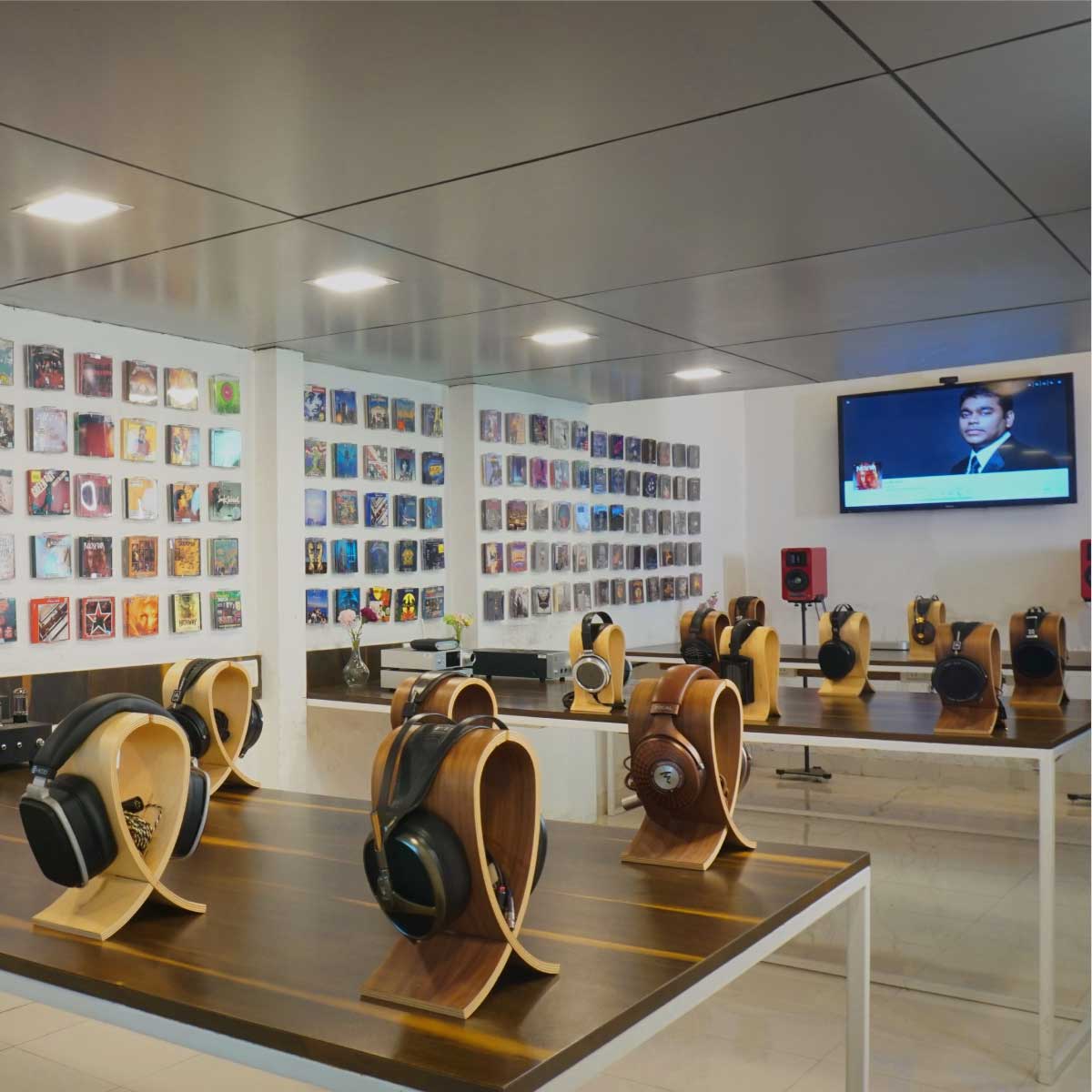
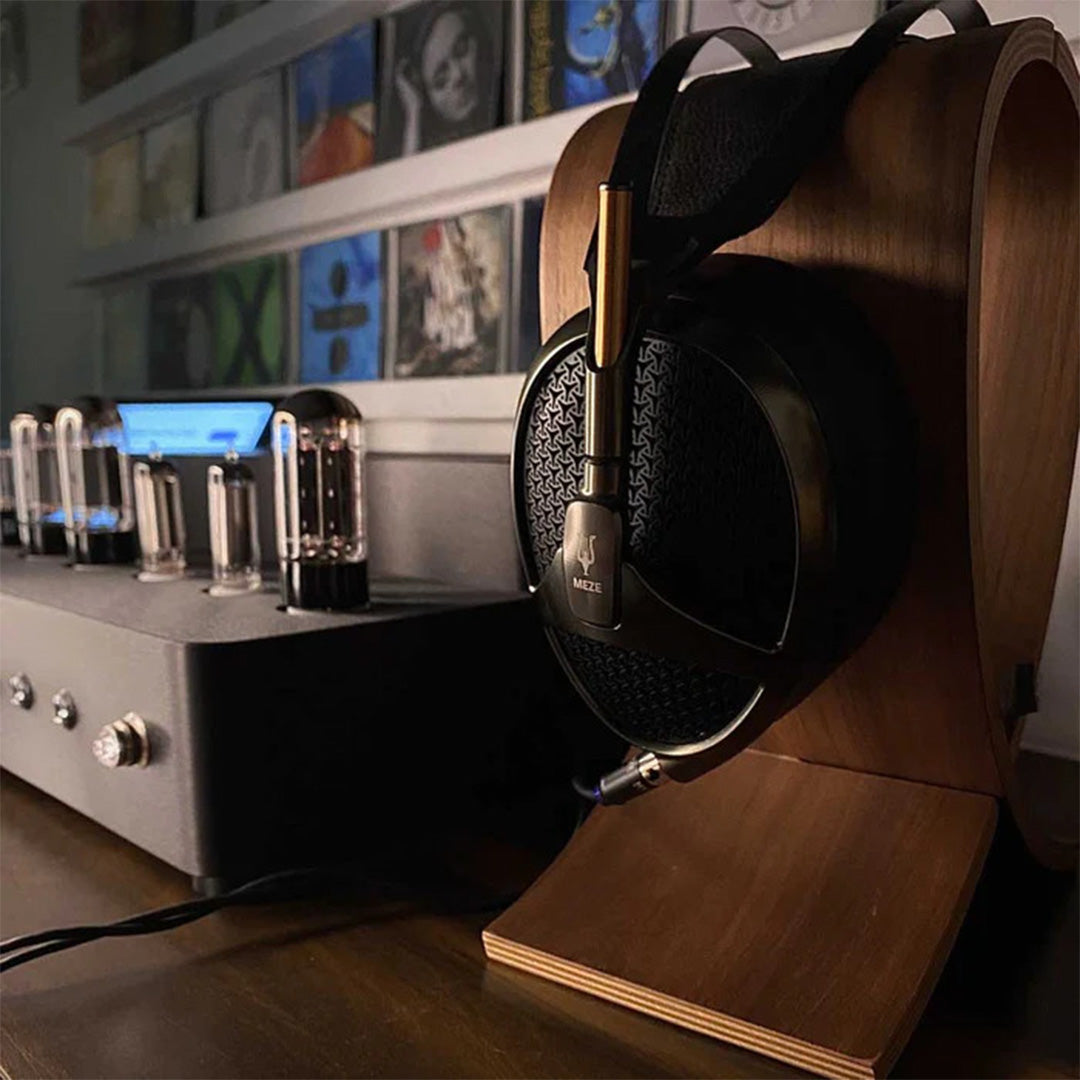
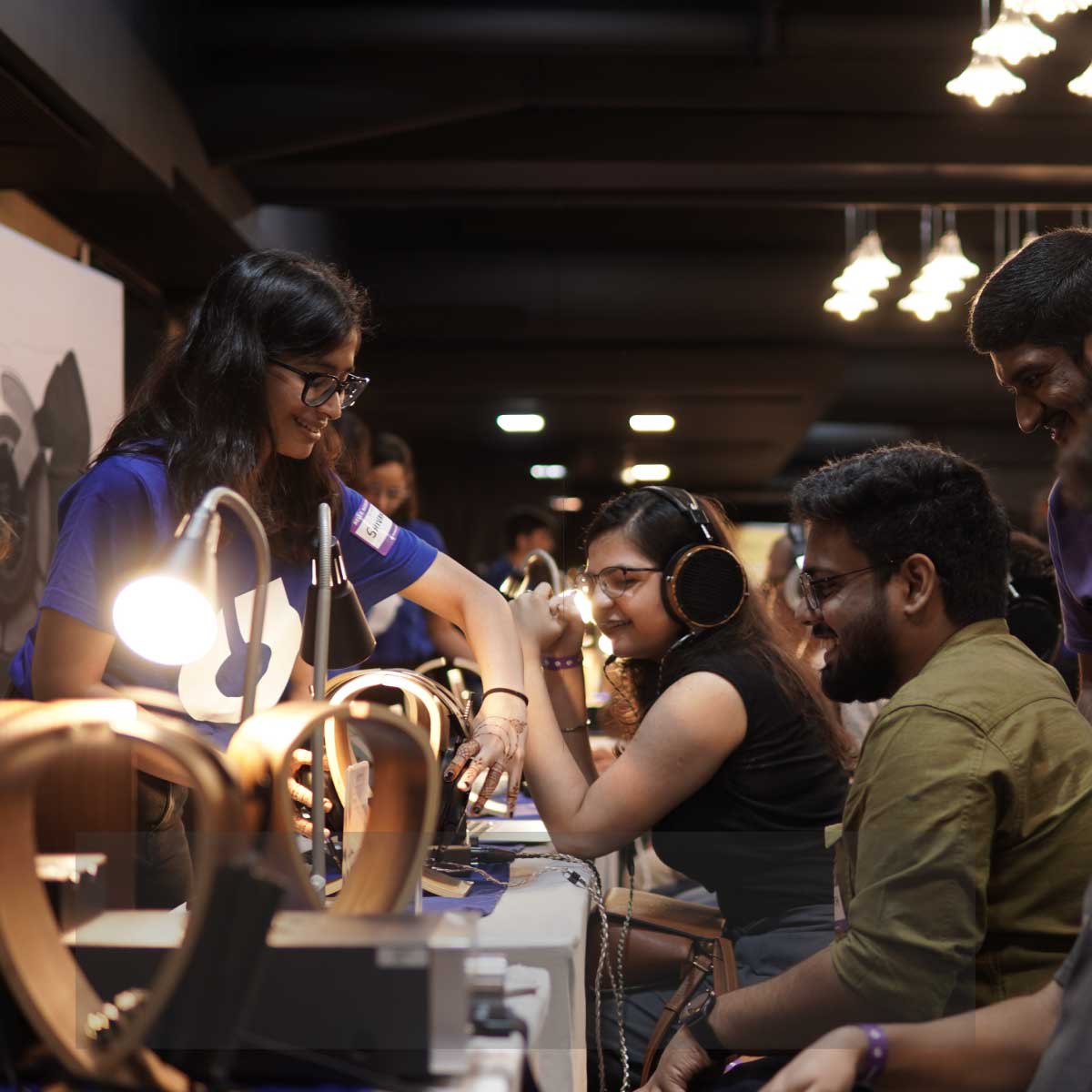
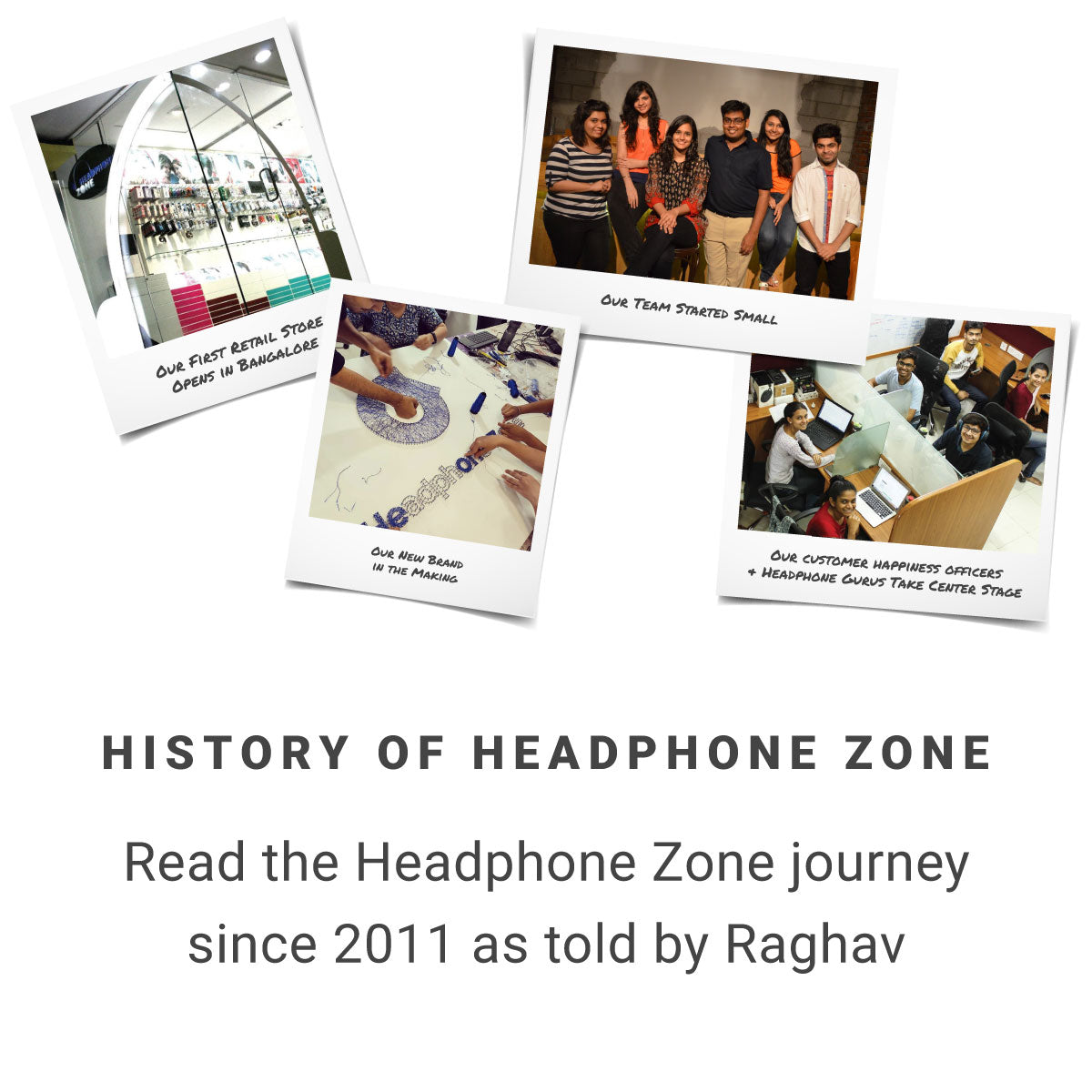

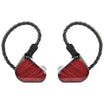
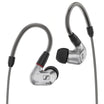
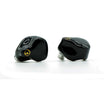
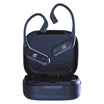
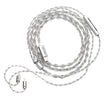
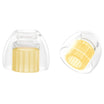
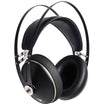
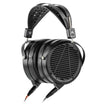
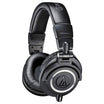
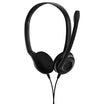
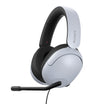
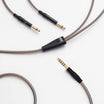
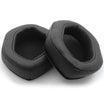
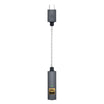
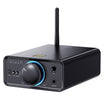
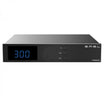
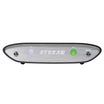
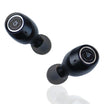
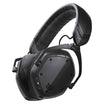
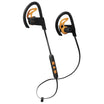
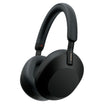
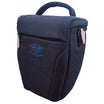
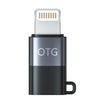
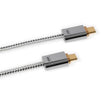
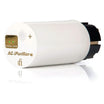
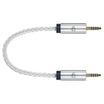
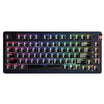
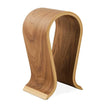
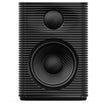
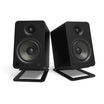
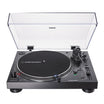
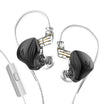
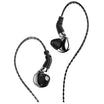
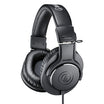
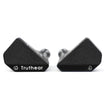
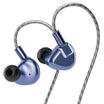
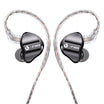
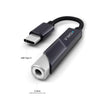
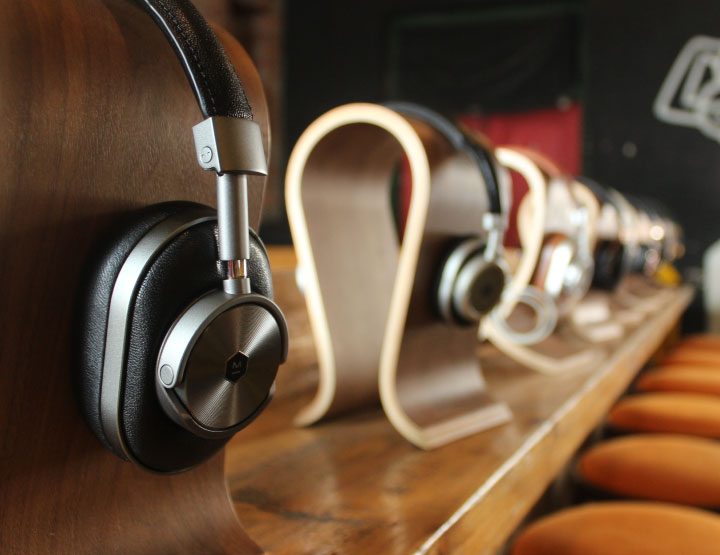
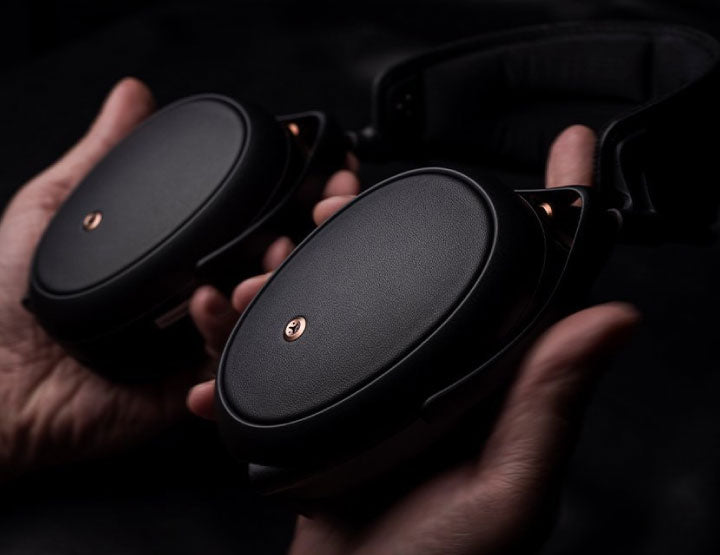
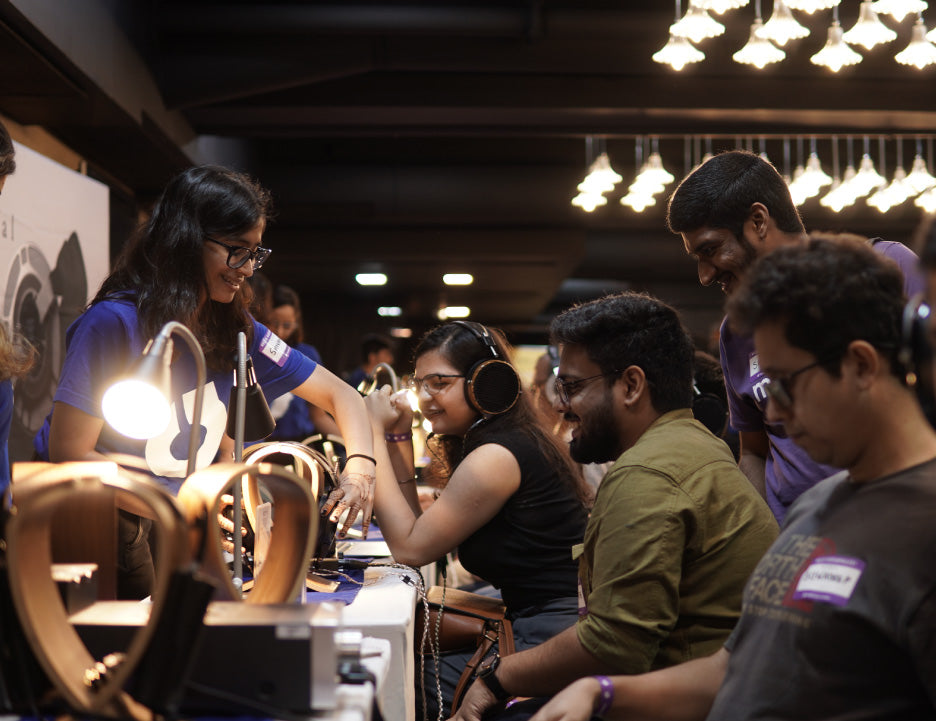
Leave a comment
This site is protected by reCAPTCHA and the Google Privacy Policy and Terms of Service apply.